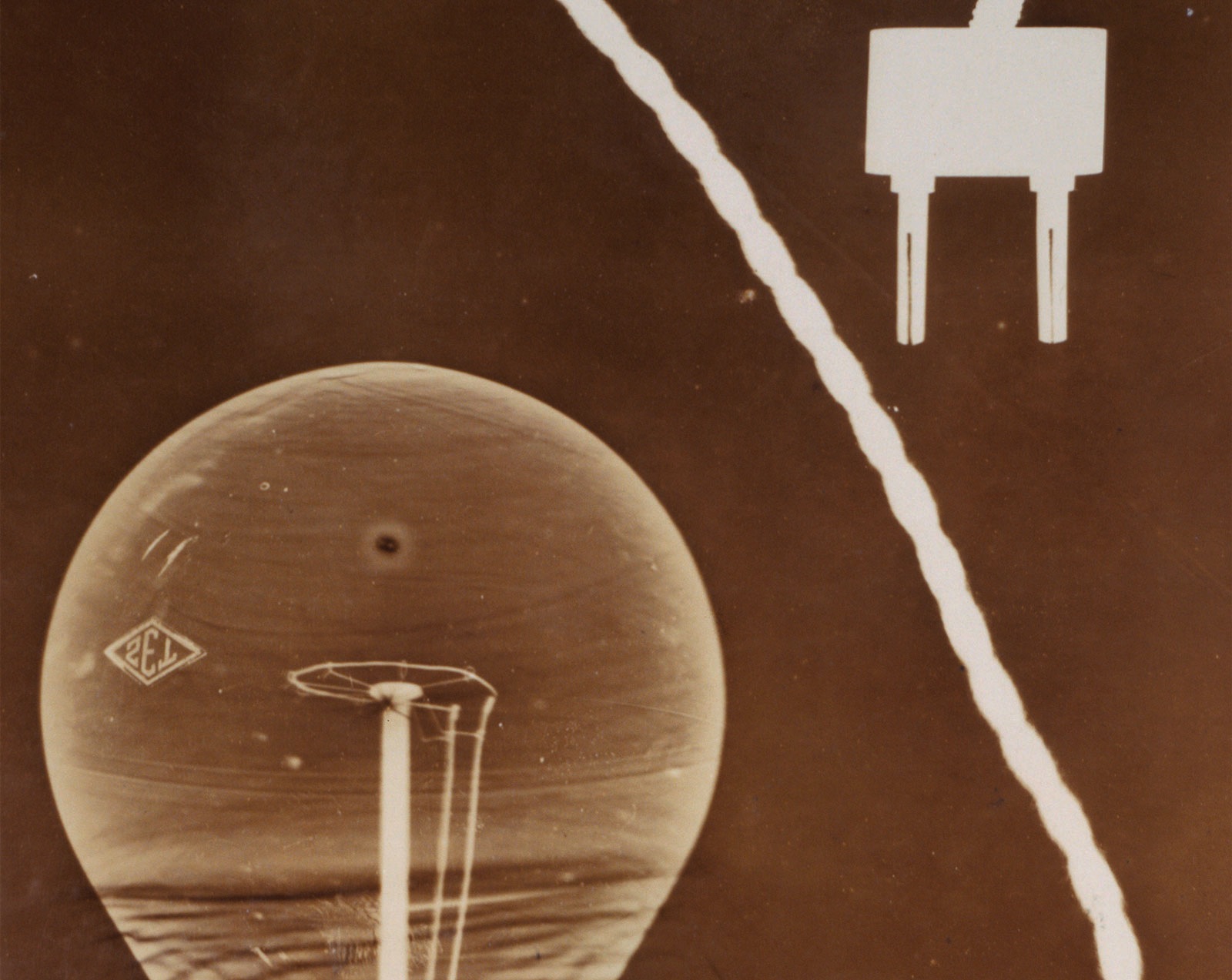【Hindi Dubbed Archives】
2025-06-26 16:01:52
297 views
35751 comments
The Hindi Dubbed ArchivesSoviet Man of the Future, and Other News
On the Shelf

Georgy Zimin, Still Life with Light Bulb, 1928–1930. Image via NYRB
- Philip Larkin’s poems and letters present him as misanthropic, hard-hearted, and above all miserable—but he moonlighted as a photographer, and his work in the medium shows a dramatically different side of him. “In their sociability, tenderness, and sweep, the photographs complicate the caricature of Larkin as England’s laureate of despair, squeezing out lines between shifts as a university librarian … Rather than a poet committed to monkish isolation and routine, Larkin the photographer appears as an eager traveller through Britain and Ireland, with [Monica] Jones often in tow … Larkin kept these travels, and the photographs they inspired, a secret from pen pals like Kingsley Amis, for whom he reserved obscenity-filled reports of his own bitterness and alienation—his wide-eyed curiosity replaced by an ironic sneer.”
- A new exhibition at the Jewish Museum, “The Power of Pictures,” looks at the revolutionary intent of early Soviet photography and film: “Russia’s new political masters wanted to create a new society and a ‘new Soviet man’ … Many of the best-known avant-garde artists embraced this task with enthusiasm: some felt as though their art was the engine driving history. Artists like El Lissitzky, Rodchenko, Stepanova, Goncharova, Malevich, Mayakovsky, and Tatlin—to varying degrees influenced by Cubism, Futurism, and other western European movements, as well as by Russian folk traditions—had been making work that in different ways sought to redefine the very notion of art … Photography was the perfect medium for promoting the new state order. Its use in newspapers, magazines, posters, journals, and books as something other than portraiture was a new phenomenon. It was by definition ‘modern’ and ‘forward-looking’—a non-elitist medium for the age of mechanical reproduction.”
- We’ve all tired of the manic-pixie dream girl, that brazen testament to the narrowness of the male imagination. But John Green, in his young-adult novels, gives the stereotype considerably more depth: “In Green’s novels, there is considerable tension between the potent appeal of his manic pixie characters, the excitement and fun they bring into the narrators’ lives, and the messages these characters impart about their own lives and identities. It is only through celebrating the quirky charisma of manic pixie dream girls and fully exploring their attraction that he is able to show their accompanying problems … In his most complex work, he deconstructs the type, showing readers the pitfalls of defining others in narrowed ways … ”
- Afronauts, the Ghanaian director Frances Bodomo’s new film, tells the little-known story of the Zambian space program, which mounted an ambitious attempt to send twelve astronauts to the moon in the sixties. “Zambia’s landscape isn’t really arid desert; it’s not really desolate,” Bodomo says. “And this is where the sci-fi comes into it, because you can take liberties and telling an alternative history comes into to it. You know it’s wonderful that they’re already on this landscape that already feels like the moon, that already feels like they’re already where they’re going. That feels like the message at the end of the film, that they’re already where they always wanted to be. The loneliness and the pain and the self-negation that exists here is what it’s going to be up there. The trials and tribulations here are going to be up there. Visually, they’re already in their dream space.”
- Concrete, simplicity, utopia—let’s hear it for brutalism, people. Put your hands together for brutalism. A new book by Christopher Beanland argues that we must learn to love brutalist architecture, and that there’s plenty to love in it: “The key thing about concrete, Beanland argues, is it can span great distances (enabling architects to construct stronger and more spacious buildings) and be stretched into wild shapes, from ziggurats and beehives to flying saucers … Beanland believes our concrete nostalgia is a protest against the greed of the current housing market, with cities like London being bought up by the international super-rich.”
Search
Categories
Latest Posts
SpaceX's BFR has a new name. Elon Musk is calling it Starship.
2025-06-26 15:11Papa John's new pizza fast pass is either evil genius or just genius
2025-06-26 14:39Morphing 'tent house' is all your tree change daydreams realised
2025-06-26 14:33Sean Spicer likes CNN when it works for him
2025-06-26 13:51Whale Vomit Episode 5: Startup Monarchy
2025-06-26 13:46Popular Posts
Best earbuds deal: Save 20% on Soundcore Sport X20 by Anker
2025-06-26 15:58WTF do you even say about this cat who ate 46 hair ties?
2025-06-26 15:55Morphing 'tent house' is all your tree change daydreams realised
2025-06-26 15:54We Test a $1,000 CPU From 2010 vs. Ryzen 3
2025-06-26 13:19Featured Posts
No Time for a Negative Peace
2025-06-26 15:07The Samsung Galaxy S8 probably looks exactly like this
2025-06-26 15:03Gloria Steinem refuses to talk sh*t about Emma Watson, obviously
2025-06-26 14:52NYT mini crossword answers for April 24, 2025
2025-06-26 14:07Popular Articles
CPU Price Watch: 9900K Incoming, Ryzen Cuts
2025-06-26 16:01Government recruitment video is yeah, pretty cringeworthy
2025-06-26 13:36Apple iPhone 17 Pro leaks highlight major new design change
2025-06-26 13:31Newsletter
Subscribe to our newsletter for the latest updates.
Comments (7853)
Happy Information Network
Nintendo Switch 2 release date, price announced
2025-06-26 15:40Leadership Information Network
Can a podcast actually save America? Three former Obama staffers think so
2025-06-26 15:27Charm Information Network
This isn't a Nintendo Switch review, but it'll help you decide whether to buy one
2025-06-26 15:14Belief Information Network
Uber's Travis Kalanick: Yep, I'm a jerk, basically
2025-06-26 14:15Prosperous Times Information Network
Trump tariff news: See the latest impacts on consumer tech
2025-06-26 13:32